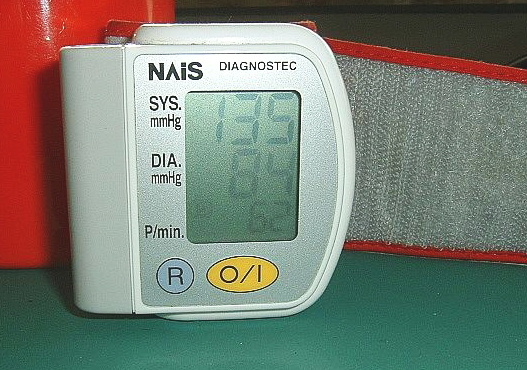Scientific community of #steemit and #steemstem receive a great greeting. Hypertension (hypertension) is the most frequent chronic disease in the world and that contributes most to mortality, focusing on the importance of prevention and the role of health professionals, especially medical and nursing staff. The real cost of arterial hypertension is complex since in the case of a risk factor for other diseases, its calculation would imply estimating the costs associated with each of them, in addition to having to calculate the additional impact of the disease as a result of the days of low, the reduction in work efficiency and lost years of productivity, since a high proportion of patients with high blood pressure are of working age. Thus, the purpose of the action of health professionals is to provide guidance for the organization of activities of control of hypertension that is adaptable to the conditions of the community under study with specific reference in the management of the lifestyles of the people affected, and that can be applied in general health services, whatever their level of specialization, but emphasizing primary health care programs. Therefore the present investigation will take as a reference Research articles referring to educational intervention techniques on healthy lifestyles taking advantage of the experiences acquired in the collaborative study to facilitate the care of hypertensive patients in general health services, also facilitating the operation of hypertension control activities in different levels of care, in order to achieve a good coverage of the programs, without undermining the quality of care, identifying risk factors, diagnostic techniques, classification and treatment of arterial hypertension to achieve the unification of medical criteria. Age, sex, skin color, inheritance, sodium-rich diets, trace elements, sociocultural factors, alcoholism, smoking, hyperlipidemia and diseases such as ischemic heart disease, vascular brain disease, and diabetes mellitus. In such a way that commenting on the reasons of race, more in the black; sex, more in men; inheritance, more in relatives with a first degree relationship; diet, obesity and average sodium intake, made the latter, controversial in recent months; Environmental, stress, as well as anxious and depressive personality, have been proven in multiple epidemiological studies. In this order of ideas, the lifestyle is conceptualized as the individual way of life, that is, the way of life of people. Thus, certain lifestyle changes have been shown to be effective in lowering blood pressure and should be part of the therapeutic approach of hypertensive people, on the other hand weight loss in obese people, increased exercise Aerobic fitness (walking fast at least 30 minutes a day most days of the week) and decreasing alcohol consumption in people who drink excessive amounts have been shown to be effective in reducing blood pressure.
[ Public Domain Image](https://en.wikipedia.org/wiki/Blood_pressure#/media/File:Blood_pressure_monitoring.jpg)
Prepared by @felixrodriguez
[ Public Domain Image](https://en.wikipedia.org/wiki/Blood_pressure#/media/File:Blutdruck.jpg)
He wrote for you @felixrodriguez








Originally posted here: https://steemit.com/steemstem/@felixrodriguez/performance-of-healt-1580886038
No comments:
Post a Comment